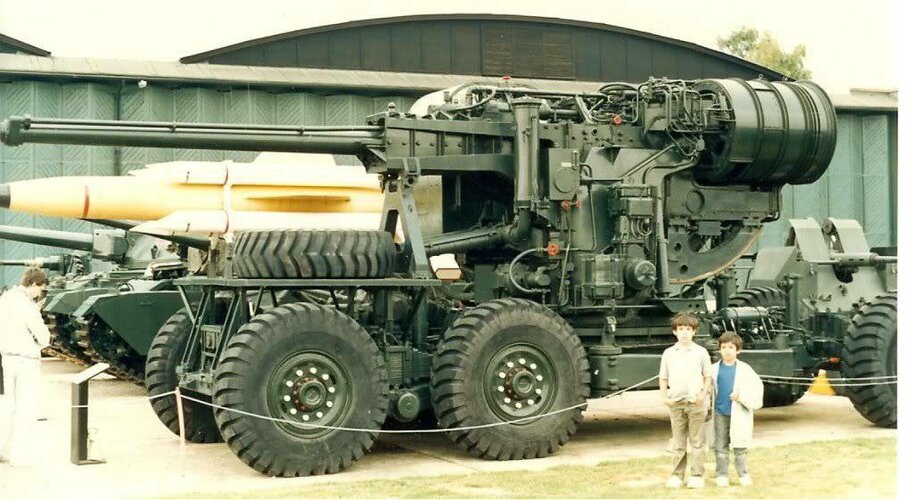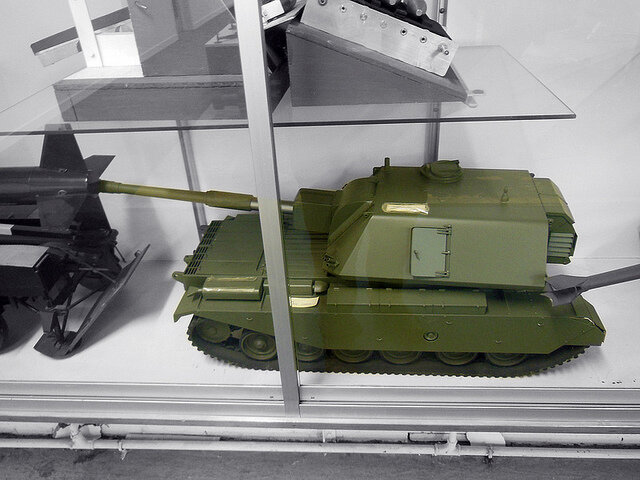Any idea how Bloodhound performed compared to SA-4 Ganef and Talos?
I don't know about the SA-4, but compared to Talos it was about as effective in terms of hitting a target, but only had about two-thirds the range at most (about 50 nm v. 75 nm). This was almost entirely due to the differences in guidance systems between the two.
Talos flies a ballistic trajectory to reach the target. This makes its flight as energy efficient as possible. Bloodhound flies a direct path riding the guidance beam (yes, it's semi-active homing, but in approach that makes it effectively a beam rider) which is less efficient.
The terminal guidance was different and this is what really limits the Bloodhound's range.
At the time (the 60's to 70's roughly) radar and sensor technology limited semi-active homing to around 50 nm at most simply due to the beam spreading as it went further from the transmitting station. Talos used a very complex and expensive lensed radar system along with the missile using an interferometer detection system that allowed good accuracy at very long ranges.
In terms of mission, I'd say Bloodhound is closer to BOMARC than Talos. Again, the USAF came up with an alternative for extremely long range intercepts with BOMARC. In that missile system ground tracking radar and flight control to the target area were handled by SAGE, again an incredibly expensive system that could fly the missile in autopilot to the target area. The missile was then fitted with its own active radar search and homing system that allowed it to find and intercept the target once close to it.
My off hand thoughts on the SA-4 is that it's less effective than the Western systems listed above, and that's based on the performance of Soviet era SAM's in actual use in combat.




